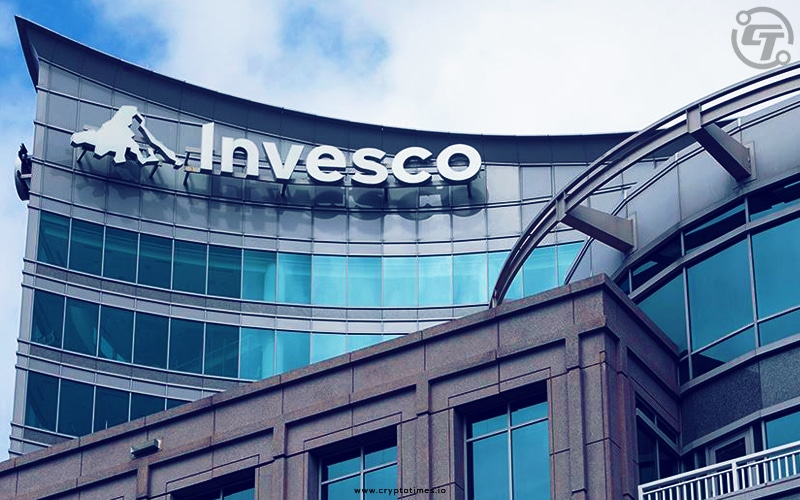In Brief:
- Invesco abruptly withdrew from launching its ETF in the US, due to SEC’s rules.
- SEC allows ETFs with 100% exposure to a bitcoin futures contracts only.
- Whereas, the company is focused on allowing a mixture of future contracts, physical bitcoin, ETFs, and swaps, etc.
Invesco, an American investment management firm, aborted the release of a Bitcoin Futures alternate traded fund (ETF) within the US. The decision is prompted by the Securities and Exchange Commission’s rules that make it too expensive for buyers.
The $1.6 trillion asset manager last month put off the launch of the Bitcoin Strategy ETF just hours before the fund was due to list in New York.
Invesco, with over $1.5 trillion worth of assets under management filed with the Securities and Exchange Commission to release two cryptocurrency-based ETFs in August this year.
Anna Paglia, Global Head of ETFs and Indexed Strategies, explained that such a product release would have been too “costly” for the investors.
She further said that these rules by the SEC are too rigid to comply with and would harm the investors, as the future contracts’ prices would be higher than the spot’s. The commission allows ETFs with 100% exposure to bitcoin futures contracts only, which is not what Invesco is focused on.
The company is aiming to allow a mixture of future contracts, physical bitcoin, ETFs, swaps, and private funds investing in the bitcoin industry and not just bitcoin futures contracts. This will protect the investors from a liquidity crunch and will make the ideal portfolio for the company.
Invesco would have been the second such ETF to launch after just 24 hours of the ProShares Bitcoin technique (BITO). ProShares bitcoin staged the second strongest debut with nearly $1bn trading volume on its opening day.
Anna Paglia also explained the company’s aim stating – “Our inability to dot that really drove our decision. The more we investigated the market and the space, the more we came to realize there are better ways of providing this particular exposure instead of going ahead and giving investors something that was not aligned with what they expect from Invesco.”






